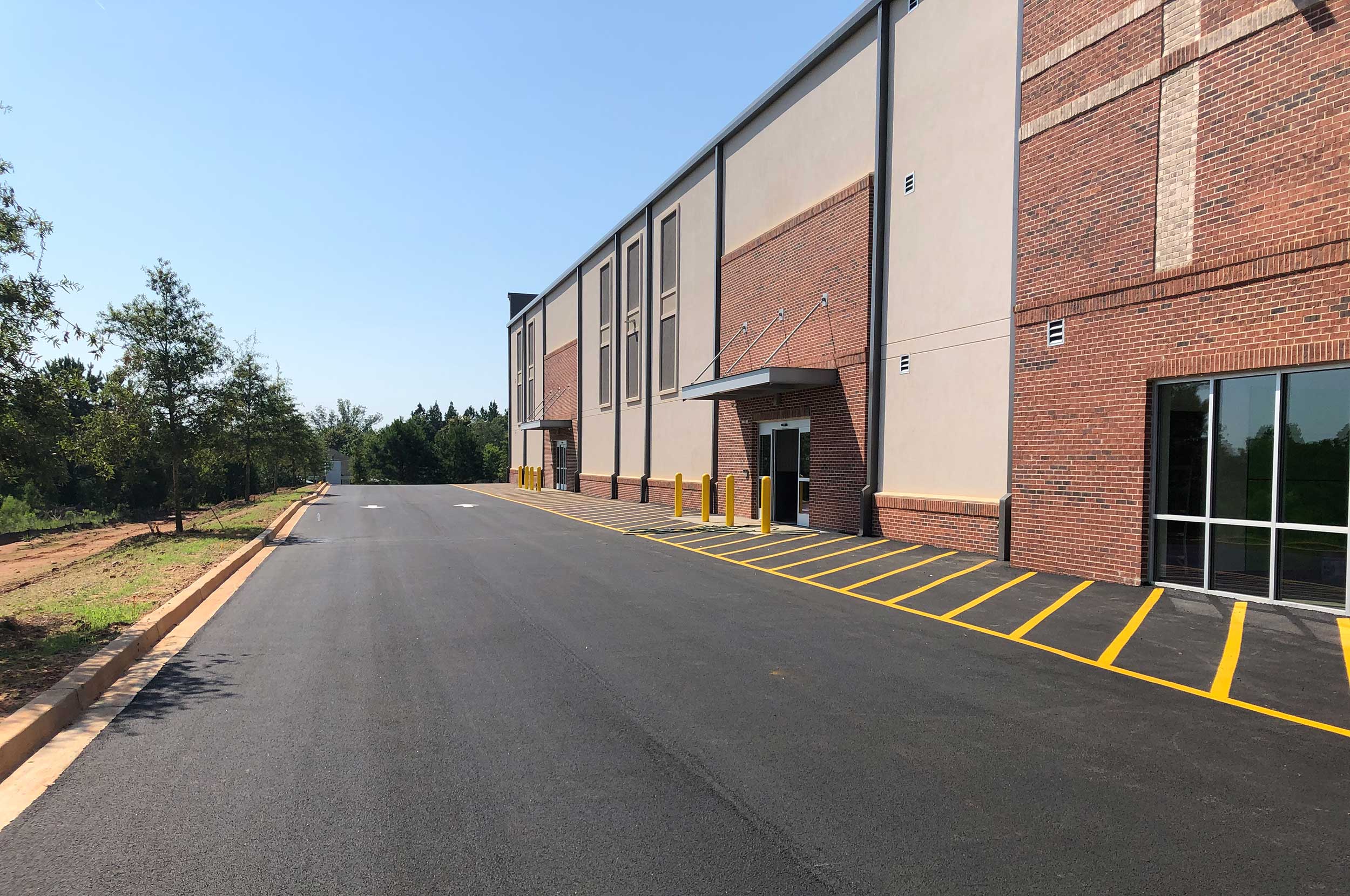
The Dynamics Impacting Storage Facility Development in 2024
The Outlook For Self-Storage Development in 2024
In 2024, the housing market is often in the news, with rising home prices and high interest rates constantly making headlines. What is often not discussed is what people are doing with all their stuff when selling a home or waiting for a deal to close on a new one. Self storage is the common answer, whether it be temporary storage to ease the relocation or long term due to lack of space. In fact, over 11% of U.S. households use some form of storage facility. Still, new storage facility development is not a simple task.

Image by Freepik
With that type of demand, it’s not surprising that self-storage is a nearly $40 billion industry. While 37% of space is controlled by the 5 largest self storage companies, over 40% of locations are owned by smaller locally owned operators. With the average occupancy rate at 96.5% there is definitely a market for new storage facilities in 2024. New construction may even surpass the record $6.99 billion spent on new development in 2023.
Location, Location, Location
There are a number of important considerations that should be part of the decision-making process when considering storage facility development. Market viability and property selection are big ones. Perhaps less obvious is the possible complexity of the zoning and approval process.
The general location decision will be centered around demographics and the housing market. Recent statistics indicate that over one-fifth of renters in the U.S. use self storage and over 50% of female renters do. 44% of Gen Xers, those born between 1965 and 1980, are the largest renter group by age. Curiously, a full 65% of self-storage renters have a garage. Using these statistics can provide some insight into geographic areas that have good potential for a new facility.
When selecting a parcel of land, size, visibility and accessibility are some of the most important considerations. Visibility along highly traveled roads is ideal, but accessibility must also be considered. Customers will frequently be accessing the facility with larger vehicles, so easily navigable entry is a must. Available parcel size is important, as the average self-storage facility covers 4 acres or more.
Proximity to residential areas, particularly those with a high percentage of rental and multifamily residences is desirable. Locating a facility within the same municipality or zip code as those residential areas can lead to higher prominence in online search results.
Research Zoning Early
Even before investigating specific parcels that may be available, it’s a good idea to check general zoning regulations for the area being considered. Unfortunately, there are still some preconceptions that exist regarding storage facilities. Residents may assume that a facility may be an eye-sore, attract criminal activity, bring down property values or generate high traffic. The result is that some cities or towns may have moratoriums or strict rules governing new storage facility construction. Ordinances can be changed through legal processes, but that can be a costly and time consuming process with no guarantee of success.
Zoning information is typically available through city or county websites, but it is really a good idea to interface directly with city planning officials early in the process. Zoning ordinances may not be straightforward and determining which category of zoning pertains to storage facility development can be confusing. Self-storage will often not fit into any general zoning category. Even when they do, a conditional use permit may be required. This type of permit is subject to compliance with rules and conditions set forth in the permit. It is also important to note that both specific self-storage rules and general commercial property regulations may be applicable.
Zoning Examples
Zoning requirements and regulations are highly dependent on the specific jurisdiction where the construction is planned. The following are just some examples of local requirements found around the country:
- Structures may not exceed one story in height
- Minimum 24 feet between buildings
- No more than one building on a parcel of land
- Structures and paved areas may only cover 50% of lot or less
- There must be a setback of 50 feet from property line
- At least 40 feet of unobstructed driveway before the entry gate
- Storage units must be accessible by a safe circular drive
- Various building material specifications
- Cannot be located within three miles of another storage facility
It becomes obvious that some jurisdictions have very particular ideas about storage facility development and that these ideas change from city to city. Meeting these requirements will involve a very detailed set of design drawings to be submitted to the local planning commission. The planning commission will then facilitate a public hearing and view the presentation.
Once the property has been selected and a conceptual plan is worked out, it’s a good idea to meet with the city planner and engineer. This will build rapport and will give planners a better idea of the parameters of the project. It also allows overlooked issues or unwritten guidelines to be identified before more time and money is spent on designing detailed plans.
Be Over-Prepared
When the time comes for the public hearing, it is imperative that detailed plans are complete and a comprehensive presentation is ready to go. A team including the civil engineer, landscape designer, architect, attorney and owner should attend the meeting. One person can present, but all should be prepared to answer the variety of concerns that may come up. There should also be an analysis of the benefit that a storage facility will provide to the community.
The owner should also be prepared to go into detail about how the storage facility will be run. Safety and security issues are of primary importance. Details about prohibition of the storage of hazardous materials should be discussed. An explanation of how customers will be required to provide a driver’s license and contact information should be reviewed to inspire confidence that security is a priority. A description of security camera placement and operation will be helpful.
There may be some design features above and beyond the requirements that are worth presenting. Attractive landscape designs and renderings of how the facility will look from the street can give a positive impression to meeting attendees. Lighting should also be addressed in terms of security, but also with regard to minimizing unnecessary brightness for neighbors.
How We Can Help you Realize Your Storage Facility Goals
Storage facility development may seem to be a relatively straightforward proposition. It should be clear by now that underestimating the challenges can lead to plan failure. At Contineo Group, self-storage projects are one of our specialties. Our teams can assist every step of the way, including property analysis, zoning research, design, city council representation and project management. Contact us to learn more about how we can make your storage plans a reality.





